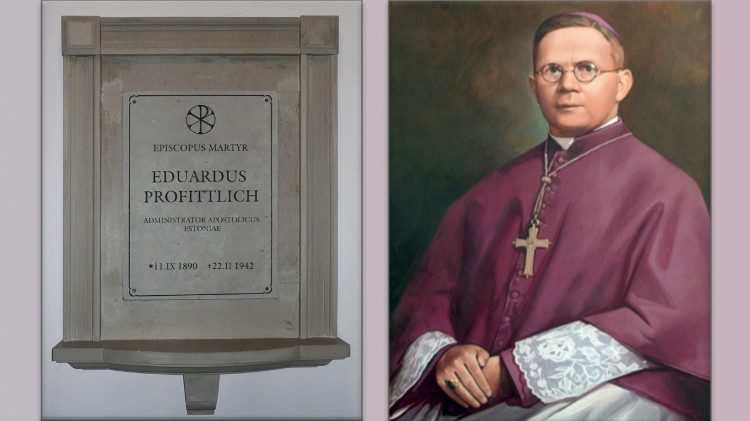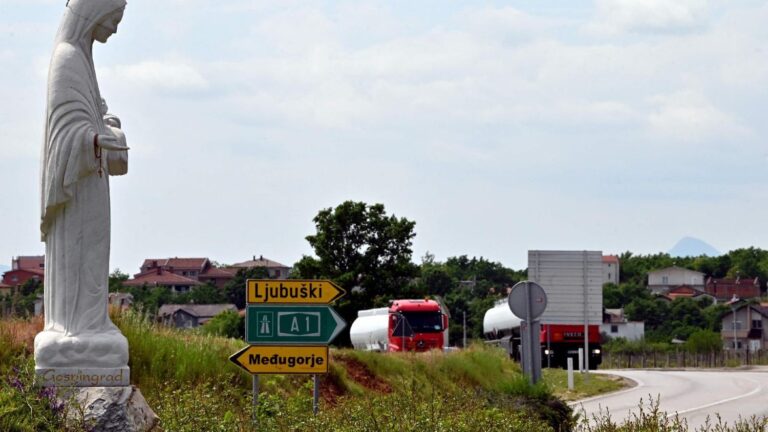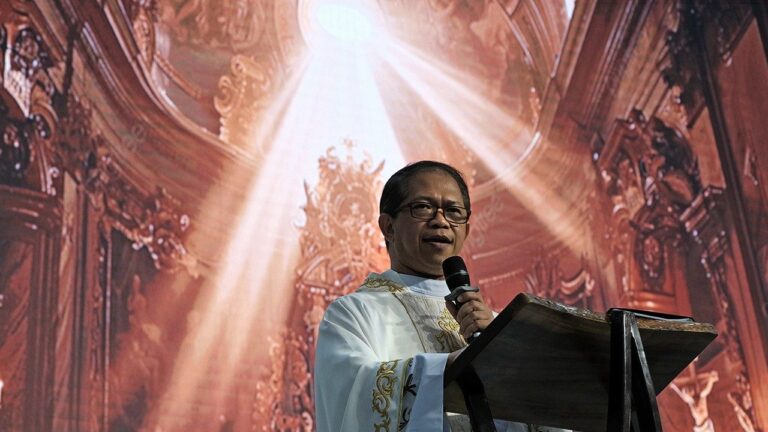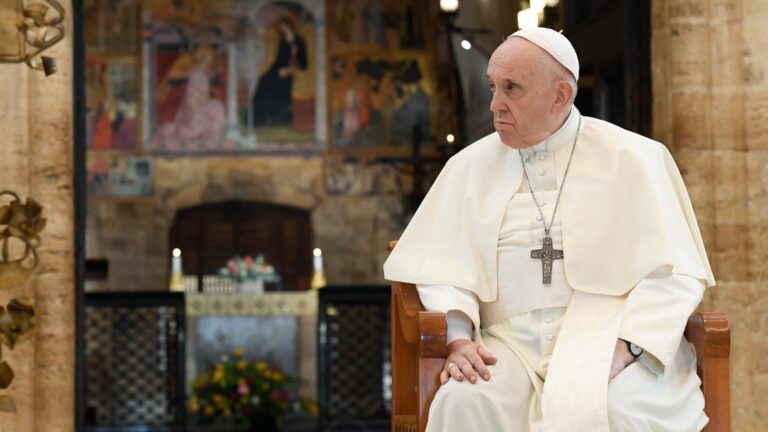Estonia: Catholic cententary a chance to celebrate triumph of martyrs
Vatican news
As the Apostolic Administration of Estonia prepares to celebrate its centenary this year, Archbishop Philippe Jourdan recalls the challenges his flock endured during several decades of Soviet rule and the hopes Catholics have for the future of their Church.
By Devin Watkins
“A hundred years may not seem like a lot for a 2,000-year-old Church, but in the case of Estonia it was definitely a challenge. »
Archbishop Philippe Jourdan, Apostolic Administrator of Estonia, presented this assessment in an interview with Vatican News, as the local Church prepares for the 100th anniversary of its establishment as an Apostolic Administration.
On November 1, 1924, Pope Pius XI created the Apostolic Administration of Estonia, separating its territory from the Archdiocese of Riga, in neighboring Latvia.
Estonia itself had only gained independence from Russia six years earlier, in 1918, and Catholics in Estonia were seeking to found their own local Church, although Catholics are present in what is today estonia for many centuries.
A difficult past
However, the following decades proved difficult for the fledgling Church.
In 1931, Pope Pius XI entrusted the apostolic administration to the servant of God Eduard Profittlich, a Jesuit missionary of German origin.
He worked to build the local Catholic Church, most of whose followers were foreign-born. As Estonia has had a strong Lutheran presence since the Protestant Reformation, Archbishop Profittlich sought to build ecumenical ties and explain the Catholic faith through frequent newspaper columns.
Then, in 1940, Soviet troops invaded Estonia, deporting tens of thousands of people to Siberian gulags.
“My predecessor, Bishop Profittlich, died in prison in the Soviet gulag,” said Archbishop Jourdan. “His Vicar General spent 10 years in prison in Siberia and returned in very poor health. Many priests were expelled.
“It was a very difficult time; one could say it was a time of martyrs,” the bishop said.
Out of a population of 1.1 million in 1949, around 20% of Estonians were deported around the same time as Archbishop Profittlich.
“There is no family in Estonia without a victim of the gulag at that time,” underlined Mgr Jourdan. “The life of Archbishop Profittlich was truly a symbol of the life of the Estonian people in the 20th century.”
When the Soviet Union collapsed in 1991, the Catholic Church was reborn in Estonia, leading to a revival of Catholicism in the country. “I would say that the suffering of all Catholics in Estonia over the past 100 years is bearing fruit,” Archbishop Jourdan said.
Events to celebrate the centenary jubilee
To celebrate its rich history and its centenary, the Church of Estonia has planned a series of events which will take place on the weekend of November 2 and 3, 2024.
The main event will be the celebration of Holy Mass in the Cathedral of Saints. Peter and Paul, in Tallinn.
“We invited many people from abroad, notably from neighboring countries and Churches which had particular importance for us during the Soviet era,” underlined Mgr Jourdan.
He gave the example of Mgr Raimo Ramón Goyarrola Belda, bishop of Helsinki, Finland, whose predecessors conferred the sacrament of confirmation on Catholics in Estonia during the Soviet era.
Another distinguished guest will likely be Archbishop Zbigņev Stankevičs, Archbishop of Riga, Latvia, of which the Estonian diocese is historically a part.
The centenary weekend will include talks to explore the history of the local Church. In preparation for this anniversary, Catholics will make a pilgrimage at the end of August to the oldest Marian shrine in the country, the Sainte-Marie chapel, built in the 13th century in Viru-Nigula.
Mgr Jourdan stressed that chance would have it that the Annual Meeting of European Youth in Taizé would take place in Tallinn at the end of December.
“It is not strictly linked to the Jubilee,” said Archbishop Jourdan, “but of course we will take this opportunity to share more about this Jubilee with young people.”
View Saints as a Model of Heroic Devotion
The centenary jubilee will provide the Church of Estonia with the opportunity to mark the life and martyrdom of Archbishop Profittlich, predecessor of Archbishop Jourdan.
The cause of canonization of the Servant of God is currently making progress within the Vatican Dicastery for the Causes of Saints.
“It is very important for us, because he would be the first saint of the Catholic Church in Estonia,” said Archbishop Jourdan. “Whether he was beatified or not, his cause gave us the opportunity to explain who saints are, especially to our Lutheran brothers and sisters who may not understand the Catholic idea of a saint.”
As the centenary approaches, Catholics in Estonia are looking to their father in the faith, Archbishop Eduard Profittlich, for inspiration.
“Saints are not people who take for themselves the love that should be given to Christ,” concluded Mgr Jourdan. “These are people who received the grace of God and became saints because they received the grace of God fully. »
Vatican news
sc







